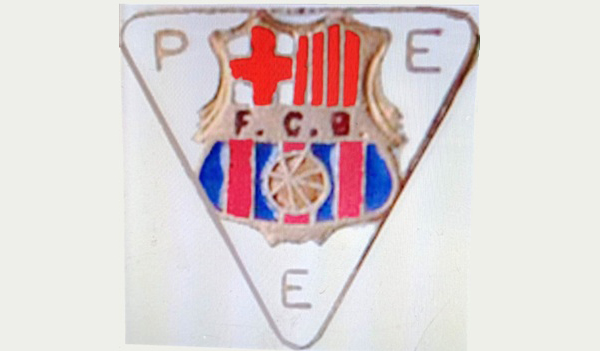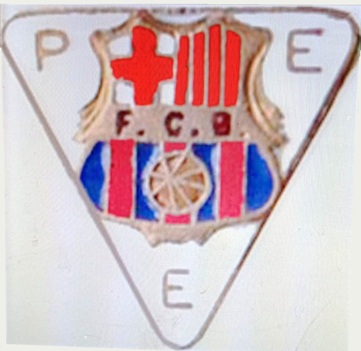The mystery of this supporters’ club has survived to the present day due to its great creation and momentum, but short-lived. What happened?
Initially, in April 1923, to celebrate the Club’s silver jubilee, the Penya Esportiva Esquerra was founded, made up only of “independent-minded” members. A year and a half later, on the eve of FC Barcelona’s 25th anniversary, curiously, the board of directors of the Peña Esquerra were summoned by the Barcelona board to ask them to dissolve the club.

Petition for dissolution
It all began at the Assembly of 1 July 1924, when a group of members led by a certain Mr. Escoda attacked the supporters’ clubs, calling for their dissolution.
Romuald Torres Capdevila, FC Barcelona’s accountant at the time under the presidency of Enric Cardona, which was coming to an end, gave a masterclass in oratory and, with the excuse of unity for the Club’s silver jubilee, dealt with the issue very skilfully That day, Joan Gamper was appointed president for the fifth time.
Mr. Escoda’s attack on the supporters’ clubs did not have an immediate global effect, but two months later, at a meeting of the Board of Directors on 1 September 1924, the presence of one of these supporters’ clubs was requested in order to ask them to disband. It was the Penya Esportiva Esquerra. What happened?
The arrival of the dictatorship
The final conclusions that can be drawn a priori seem obvious: “Apparently, the Penya Esportiva Esquerra was critical of the board, or did not have an attitude in line with its initial objectives, which is why it was forced to dissolve”. An all too simple deduction that generates doubts, especially if we consider that almost a year and a half earlier there was no problem with the foundation of the supporters’ club. These doubts increase when we realise the abrupt political change in Spain between the creation of the penya (April 1923) and the request for its dissolution (September 1924).
With the dictatorship of Primo de Rivera just begun, on 13 September 1923, the FC Barcelona board,headed by president Enric Cardona, asked the Club members to“stay calm” so that they would not engage in provocations, aware of all the suspicions and malevolence that would be heaped on the Club.. If we add the fact that two days before the coup d’état, on the Diada de Catalunya, supporters’ club members had heavy clashes with the police that ended in arrests, the subsequent causes of the rejection of the supporters’ clubs by some members are taking shape..
Who was Mr. Escoda?
Who knows if in this espionage there were infiltrated within the Barcelona social masses. In the end, everything is left to speculation, but we could also stop to think about who this Mr. Escoda was and where he came from who was calling for the dissolution of the supporters’ clubs. The list of members in 1921 does not include any Escoda, so there is a possibility that he was one of the new members who arrived after the Dictatorship began. In any case, it seems that the authorities were not convinced by the excuse that the penya had that name because it was located on “the left (esquerra) of the Eixample” and its headquarters was the Bar Esquerra, on Carrer Aribau.
On further investigation and looking at the list of FC Barcelona matches throughout its history provided by the journalist Antoni ClosaMr. Escoda was the Federative Delegate for Sports in Catalonia during the years of the Dictatorship. ust when he left office, a friendly match was organised on 29 June 1929 in his honour, played in Reus between the local team and a second Barça team. Was it the same Mr. Escoda? We think so, given that the assemblies were very actively attended by federation delegates and trusted persons of the dictatorial regimes. Moreover, in no case do the minutes of 1 July 1924 mention that Mr. Escoda was a member of the club. Rather, we believe that, given the tone of his intervention, he was an influential person within the new sporting authorities. However, as we have said before, this is merely speculation which, if we take it as a hypothesis, would lead us to believe that the Penya Esquerra was feared by its ideology,especially when the Club was so close to celebrating its silver jubilee..







